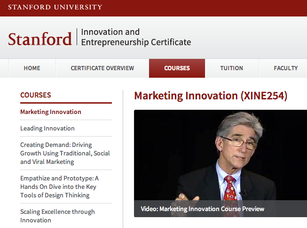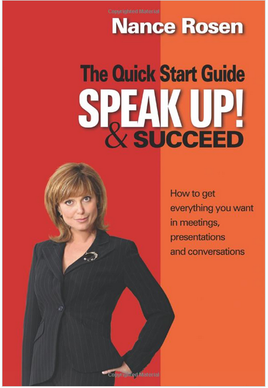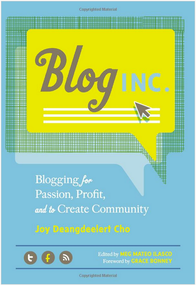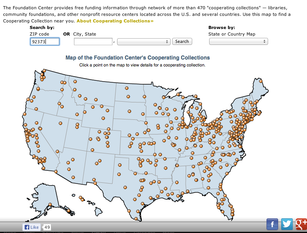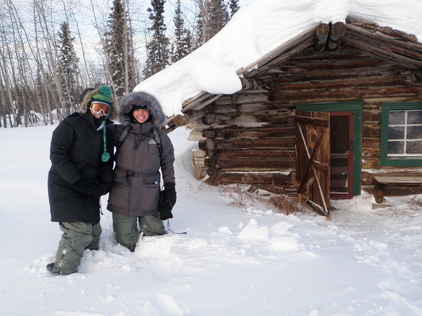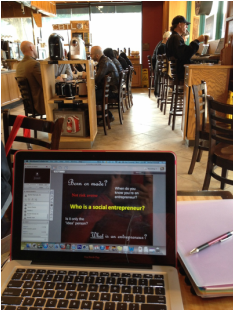| Learn about the program at create.stanford.edu/ | I completed two online courses from Stanford's Innovation & Entrepreneurship Certificate Program: Marketing Innovation and Creating Demand: Driving Growth Using Traditional, Social, and Viral Marketing. Cost: ~$1,000 per course Format: Asynchronous, Open Schedule (45 days to complete the course after enrolling), Video Lectures, Power Point Slides and Case Studies. Assignments: Open-Ended, Short Essay Responses (w/ personalized feedback within 48 hours) + Multiple Choice Final. |
As part of the program, I created social media and traditional marketing plans, identified my target audiences and potential partners, learned how to optimize my website to encourage word-of-mouth advertising, selected a set of metrics to track my progress, designed a dashboard to easily visualize data trends, and created contingency plans for undesirable scenarios.
I enjoyed the classes so much, I'm considering completing six more to earn the Innovation & Entrepreneurship Professional Certificate. I'm particularly interested in the classes below:
